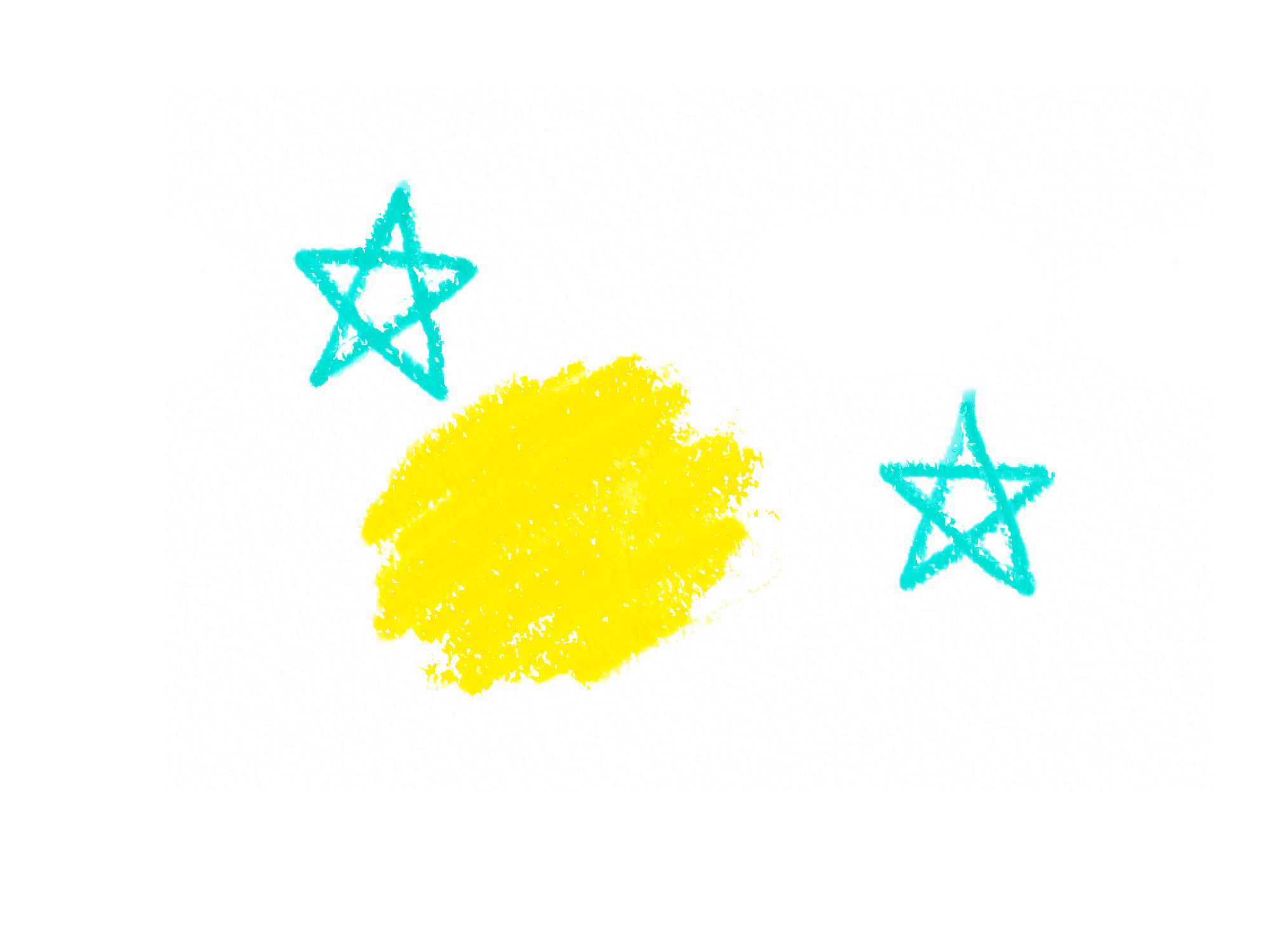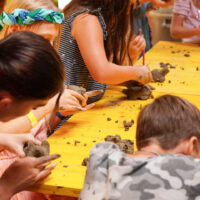This Easter, all the planets are gathering around the sun. Three configurations in this Easter council point to three spiritual exercises for leading the spirit into the soul.
At Easter, the community of twelve is gathered around the Lord, their sun, to witness the transformation of the Sun—its great Earth-becoming. Leonardo da Vinci’s Last Supper tells of this tremendousness. In a room, as an image of the world created by us humans on earth, the inner world, the Son of the Sun, is shining—the Sun shines and gathers the community around itself. It is the last time that the twelve will be sought by and summoned to the center of the Sun. After this Thursday, they themselves must seek each other, must find each other, in order to let the Sun rise amongst them. “Where two or three are gathered in my name, there I am among you,” is the promise. It is one of the most beautiful and profound testimonies that the Christian God is not carried away and enthroned in the hereafter but is here, in this world. “I am with you always!” is the covenant. It is up to the community to summon the sun and give it a new home. This home has conditions: “My kingdom is not of this world,” he says and possibly means: “My kingdom is for this world and in this world,” but it is not the old, familiar world—it is a new world. I see Pentecost as the flaming pathway for this service of offering hospitality to the sun, of “gathering in his name.”
The Old and New Covenant
Festivals of all religions are the recurring response to this call from heaven to form a vessel for the spirit by coming together—we gather together around the Christmas tree, we stand together at the St. John’s bonfire, we fetch the Easter water at dawn together. What was the center around which the community gathered in the old covenant is now the community itself, whose togetherness becomes the center in the new covenant. Geometrically, it is the inversion of space and counter-space. In Euclidean terms, a circle is formed by every point at the same distance from a center. The center determines and builds the circle. This is how we all learned to do it: pierce the page with the tip of a compass and draw the circle around it. But the reverse is also possible: straight lines arranged together to form an enveloping curve create a center point. This new center is dynamic, in constant play with the surrounding area. The many build the center and beget the new covenant.

The Soul Calls the Spirit
This Easter season, the planets have encircled the Sun. A hand’s width to the left of the Sun, Jupiter and Uranus draw together; a hand’s width to the right of the central star, Mars is in conjunction with Saturn; and, in between, Venus, Mercury, and Neptune travel with the Sun. Most of the time, the seven wandering stars, the planets, are spread out across the vastness of the zodiac. Now, they gather in the three constellations—Aries, Pisces, and Aquarius—with the Sun at their center. What if it isn’t the power and gravity of the Sun that causes all the planets to come into its orbit at Easter, but the planets themselves that make this solar council possible?
Just as the seven colors are concealed in white, making the spirit of light tangible for the soul as colors, so it is for a spiritual cosmology with the Sun and the planets. The one and only thing that the Sun stands for unfolds into a seven-part spiritual choir. What the Sun represents spiritually in each moment and through all time, the planets make spatial in their orbits and temporal in their rhythms. The spirit becomes soul.
It goes without saying, yet it says a lot: we can’t look at the Sun. Faust, newly born out of guilt, says it. He seeks the sun’s brilliance and laments: “Alas, already blinded, I turn away, pierced by the pain of my eyes.” Like the planets, it is the colors that appear to him and bestow the spirit upon him—and let him complete his hymn to life and existence with “We live in colorful reflections.” The cosmic life, the colors of the Sun, these are the planets, and now they are pressing towards the Sun. If we follow Johannes Kepler, and we take the planetary arrangements, the particular positions of the planets, as a clarion call or a “marching drum for the slumbering soldier,” then the constellations, like these at Easter, challenge and encourage us to do the what the planets do: grasp the soul and direct its course in such a way that the spirit arises in its midst.
Ripening in Will, Expanding in Thinking
Spelled out in the constellations, just as Mars and Saturn stand together in the sky, they unite in the soul to mature the will internally and to give it Saturnian depth. Incidentally, we find this union in nature, in the pine tree. Among the conifers, where life condenses from leaf to needle in a Saturnian way, the pine adds the willpower of Mars.
There is a second conjunction to the left of the Sun: Uranus and Jupiter in Aries, at the beginning of the zodiac. Uranus is a border planet. With an orbital period of 84 years, it demarcates the limits of a human biography; with its brightness of 6.0 mag, under the right conditions, it can be seen with the naked eye. So, I would like to read the conjunction of Jupiter, the planet of knowledge, and distant Uranus, in an elementary way: go to the limit of thinking, cognizing, and understanding, and like Uranus, transcend it. This, as the myth teaches, leads to the source, to where everything begins. In Greek myth, Uranus is the creator god, the husband of the earth goddess Gaia. The names of the trans-Saturnian planets [Uranus, Neptune, Pluto] were given in modern times, but it appears that these cosmic baptisms came out of higher inspiration. In Greek myth, Uranus, the creator god, is the beginning of the beginning; he fathers the twelve Titans, from whom the Olympian gods emerge through Chronos and Rhea.
Framed by the Mars-Saturn and Jupiter-Uranus conjunctions, the remaining three planets lie near the Sun: the most distant, Neptune, and the nearest, Mercury and Venus. Here, I take the image again: Venus next to Mercury and Neptune—one the most mobile and the other the most distant. Perhaps this is the Easter call to become flexible like Mercury and expansive like Neptune in everything we love.
The threefold Paschal-cosmic call corresponds to the three Michaelic virtues of strength, wisdom, and love. It is a call to let the soul become spiritual, to draw the Sun into its center. This is possible if, as the conjunction of Mars and Saturn shows, the will is given Saturnian depth; and if, as the conjunction of Uranus and Jupiter shows, knowledge is led to its limit; and if, as Venus between Mercury and Neptune shows, love is allowed to become flexible and spacious.
See also Wolfgang Held, Sternkalender 2024/25, Dornach 2023
Photo Chloé Leblanc/unsplash





